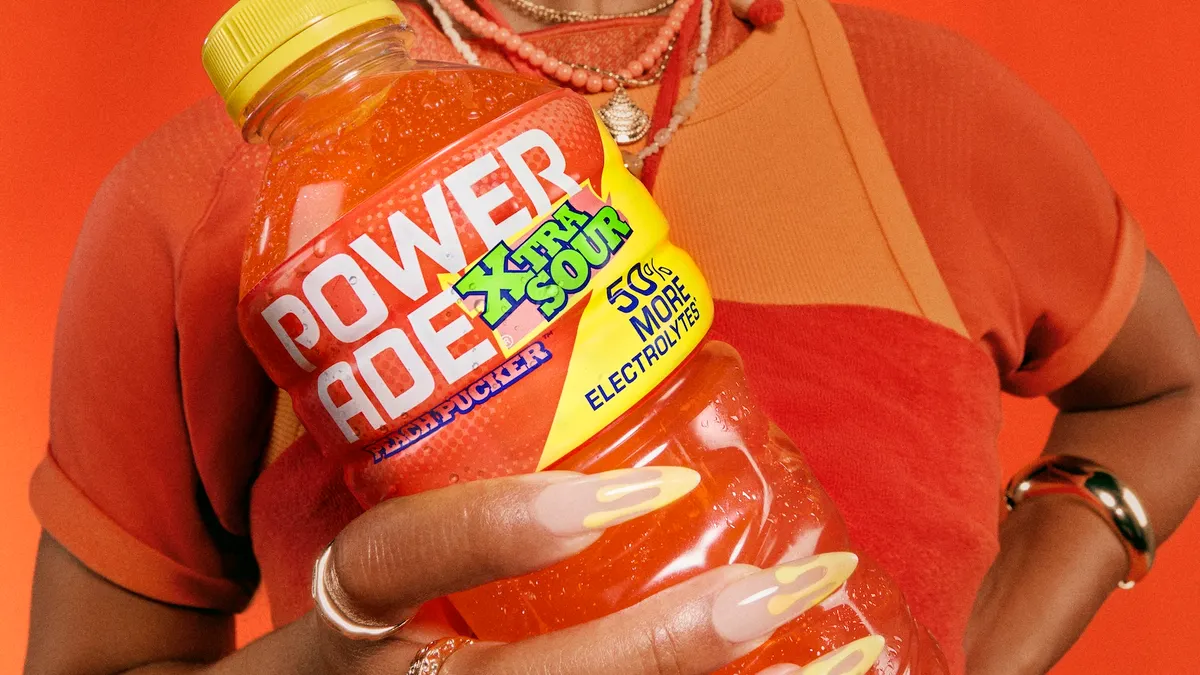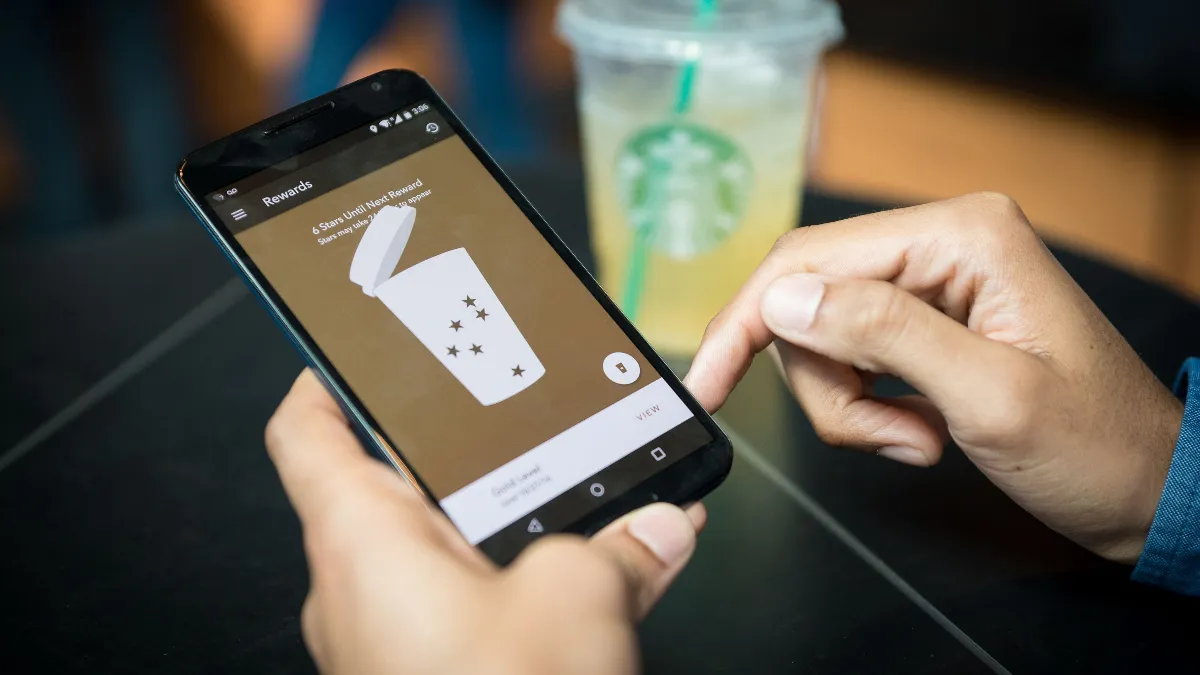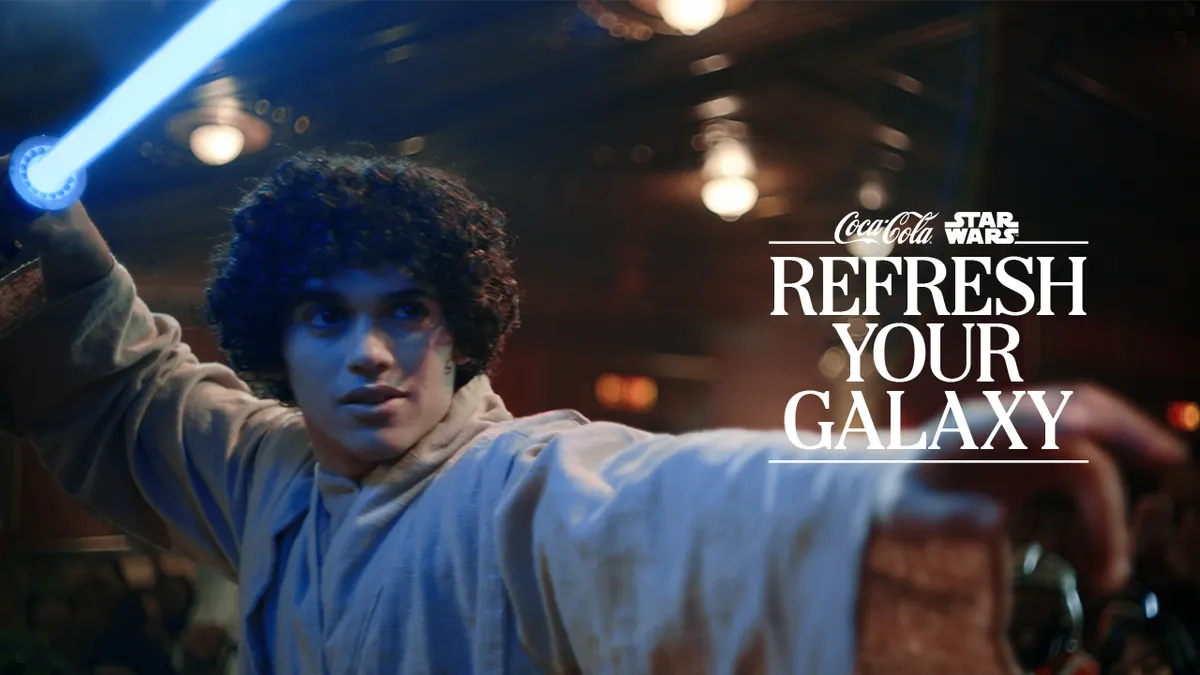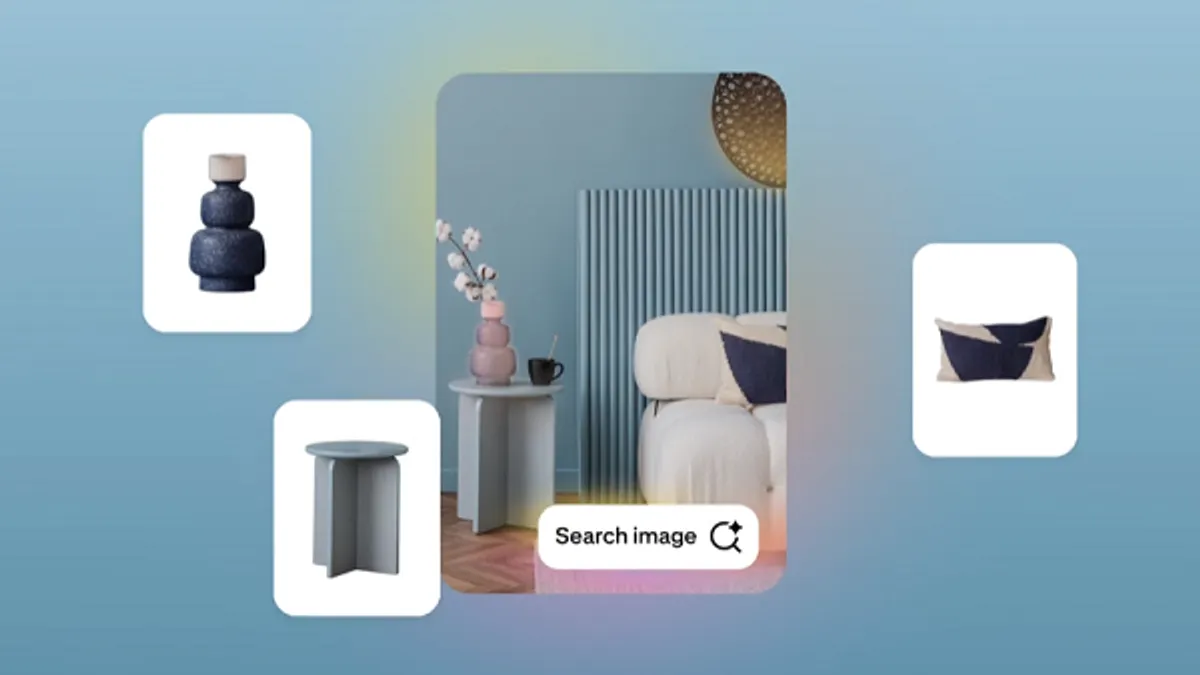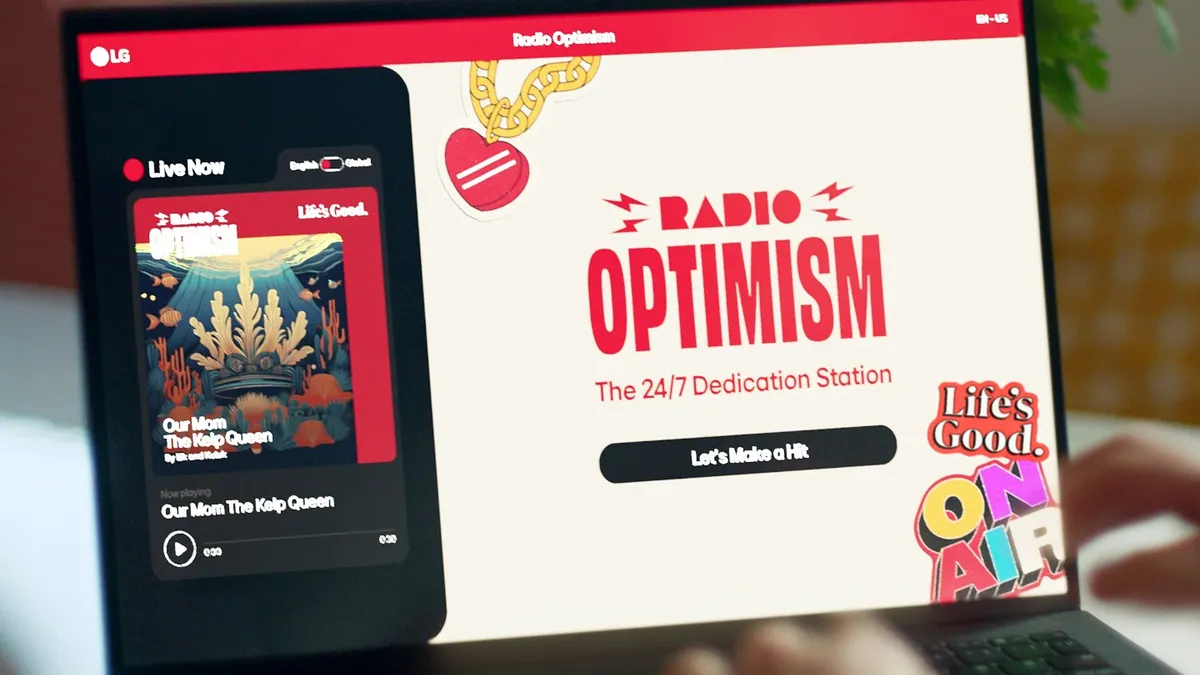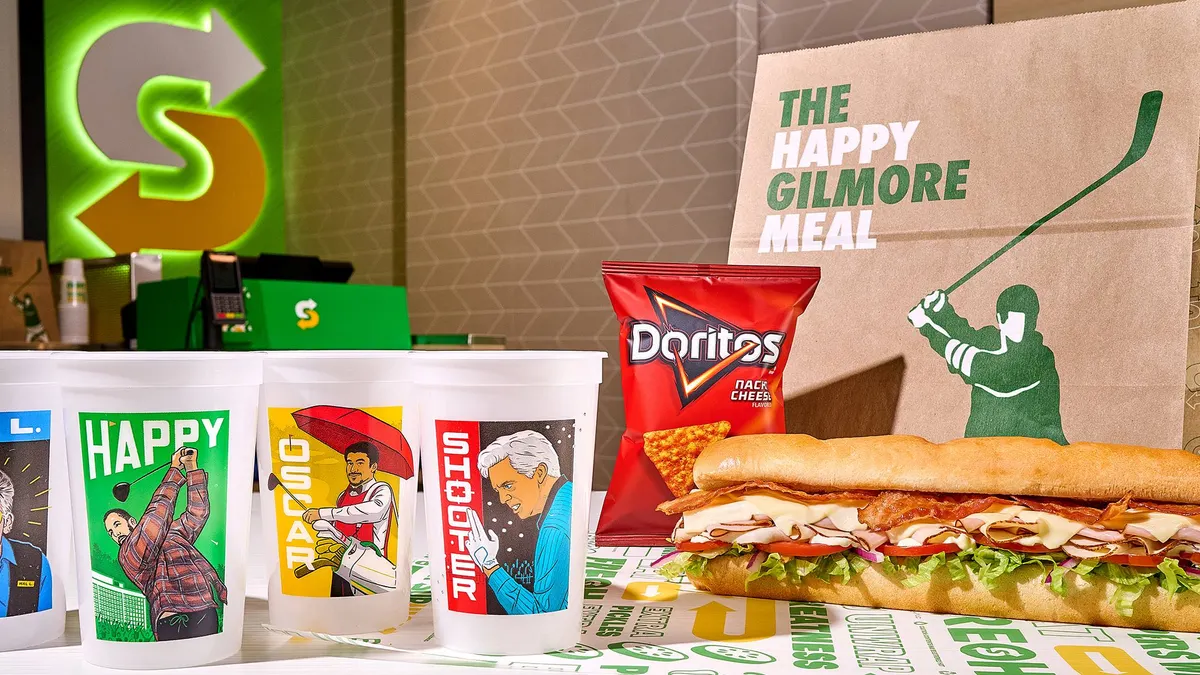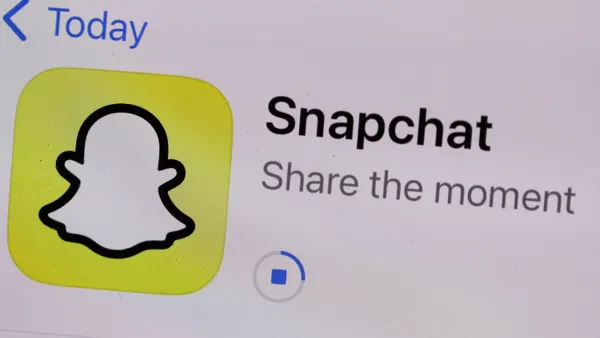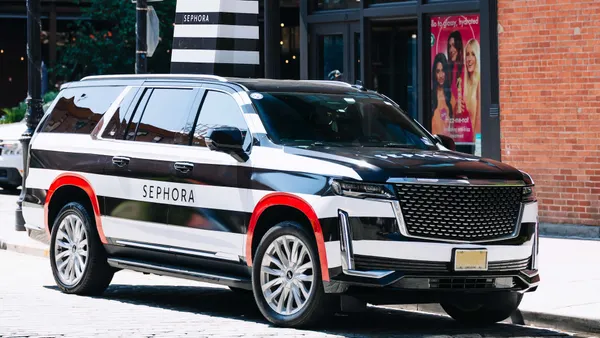Overall, marketers agree that if 2015 cemented the shift to mobile and weathered the rise of ad blocking, then 2016 will be the year when social media marketing muscles its way to the forefront, personalization takes priority with the help of Little Data.
This month, we asked readers for their predictions on what the digital marketing industry might look like in 2016. We received many great responses and are eager to share some of the most insightful predictions with you.
Without further delay, here is what you responded:
1. Native mobile advertising will finally live up to its potential
Jose Singer, Yahoo VP of Product Management: For many consumers today, mobile devices are their constant companions. Particularly covetable demographics, i.e. millennial women: 29% of females ages 18-34 are “smartphone dominant,” meaning they spend the majority of their time on mobile. Marketers must adapt to a rapidly growing smartphone-dominant consumer base with ads that are optimized for mobile. The key to the success of native on mobile will be harnessing the data points mobile provides to understand how to improve the ad experience, whether it’s catering your creative to specific audiences, or placing your creative in apps.
2. It’s time to get creative
Anna McCarthy, ChoiceStream VP of Client Development: 2016 will be the year of truly meaningful creative - standard creative will no longer suffice. Brands will be looking for campaigns, which reach consumers in new and exciting ways. Campaigns will be designed for the specific target individual and specific devices. Ads will focus on tailored copy, images, offers and color. Many will embrace location-based personalization as well. As technology continues to evolve, hyper-local targeting will be important for the success of campaigns. It’s time to say goodbye to one-size-fits-all creative.
3. Personalization will need to take priority
David Johnston, Aimia Group COO: The message is clear for 2016 – companies need to realize that the power of this data economy rests with the customer. To be successful, brands must use the information that their customers are sharing with them to give them something meaningful back – whether that’s a more personalized offer or a more relevant experience – or risk being cut off for good.
4. 2016 will be the year of customer experience
Guy Marion, Autopilot CMO: 2015 will go down as the year that consumers and industry revolted against interruptive, generic marketing, particularly pop-up ads. Gartner recently showed that 89% of marketing execs expect to compete primarily on the customer experience by the year 2016. To make good on this and adapt in 2016, companies need to get more one-to-one in their marketing. Doing so requires taking ownership for the customer journey and automating the sum of the buyer's experiences and personal engagements.
5. Real-time data management is the future of personalization
Tom Wilde, Cxense General Manager: The key to successful personalization in 2016 is that content delivery will need to feel seamless to the user. The sites and apps they use should get smarter over time and not just generally smarter, but more personalized in terms of understanding the time of day, the device they are using and the context of the other content they are consuming. We already see strong signs of this with apps like Google Now, Amazon and Facebook delivering content that is not only relevant, but highly personalized. Content sites, brands and advertisers need to approach personalization with this in mind as well and learn to do it in real time. Online will go through a major transformation where audiences will become users and users will be individuals that B2C sites will approach with the kind of CRM discipline that has been in place within the B2B markets for the last decade.
6. We're just scratching the surface on the power of social media marketing
Sastry Rachakonda, iQuanti CEO: 2015 has been the year when social media advertising really took off. It made the transition from being a loosely defined “brand" play to a serious channel with good targeting capabilities that could meet core marketing objectives. In 2016, Facebook will lead the pack. It is best positioned to beat Google as the world’s largest advertiser eventually. We do not search for a vast majority of our purchases and [when we do] search, our minds are often already made up. Social can play an instrumental role mid-funnel in helping define our preferences, and with better data capabilities, help track all the way to purchase. It can also help build a much better relationship with existing clients using social data and internal data in conjunction.
7. B2B marketers will take a 'less is more' view of social media
Kylie Johnson, Blackboard Inc. Senior Manager of Digital Marketing: We’ve seen brands, especially B2B ones, quickly expand the number of social channels they’re using – creating accounts on almost every channel that pops up in the past few years. 2016 will be about doing less, better. Social marketers are honing in on the right channels, the ones their audiences use as watering holes, and investing deeply in curating the right content for that channel. It’s not about posting your content to the most pages, it’s about pairing your content with the right audiences. In 2016, we’ll see a lot more deliberate B2B social media marketing.
8. In pursuit of experiential marketing, we'll see the rise of Little Data
Alicia Hatch, Deloitte Digital CMO: More and more brands will be leveraging beacons, geo-fencing and social media to create memorable and meaningful moments for consumers. Along those same lines, we’ll be seeing more and more brands acting like publishers or networks, curating omni-channel content and creating experiences that are meaningful and memorable for the customers they value most.
While marketing has excelled at acquiring data, it has struggled to translate data into actionable results. In 2016, we’ll see more brands delving into the specific business objectives or problems they’re looking to fix. Instead of drowning in the sea of “Big Data” – much of which will be irrelevant – brands will be looking to find the “Little Data” that matters to their business objectives and problems, and develop a plan or solution based on those findings.
9. Fine-tuning the use of data
Doug Bewsher, Leadspace CEO: Marketers will stop using the word “analytics” in a generic way to mean “finally paying attention to data,” and will learn there are many different applications of analytics. We’ve accepted business analytics as a method to make data-driven decisions, and it’s increasingly being used for process improvement. In 2016, we’ll see more and more companies adopt predictive analytics to find better prospects and drive more pipeline. Further, more B2B marketers will explore account-based marketing and [weigh] the value of engaging all the influencers inside a company.
10. Democratizing programmatic buying
Chris Choi, Blue State Digital Deputy Director of Media: With more publishers, networks, and exchanges getting into the space and gaining access to the same data, there has been a democratization of programmatic buying. While programmatic isn’t going anywhere, publishers and platforms need to do more to differentiate their offerings. The next wave in programmatic will be about the quality of the data and whether data can help advertisers solve complex and unique challenges to measuring success, like connecting online advertising with offline action. For consumer products, that means connecting offline consumer decisions in real time to online activity.
11. More telecoms will take interest in ad tech
Tim Koschella, AppLift CEO and Co-Founder: Telecoms will start moving into ad tech as they are losing revenues from the days of SMS and content distribution. As [telecommunications] players have the advantage of owning extremely valuable sets of data about users, including all data usages across devices, there will be investments and a movement toward ad tech (greatest example for this during 2015 was Verizon’s acquisitions of AOL and Millennial Media).
12. The death of rich media is near
Victor Wong, PaperG CEO: The IAB's announcement of the LEAN ads standards (light, encrypted, ad choice friendly, and non-intrusive) in response to the rise of ad blocking spells the end of rich media as we know it. Users are pushing back against these very heavy file sizes that take over their screen or seriously distract them. Publishers who had been the large proponents of rich media are now suffering from ad blocking and will turn to simpler, more targeted ads ads to fill the ad inventory.
13. Live streaming will be all the buzz
Chris Paradysz, PM Digital CEO: 2016 will also be a pivot point in how we define video. Until this point, we’ve seen video through a relatively one-dimensional lens – something that’s created, recorded, produced. We will see the live video, or the streaming experience, become more powerful. People have a much greater desire for community, in the moment, shared experiences.
14. Augmented reality will see its star rise
Jenn Deering Davis, Union Metrics Editor-in-Chief: At social media and marketing conferences this year, a lot of people were buzzing about virtual and augmented reality. While there have been a number of advances in both AR and VR in 2015, I don't think 2016 will be the year of virtual reality. That's going to take a little longer and will likely happen in 2017 when the hardware is more affordable and prevalent and more brands can participate. But in 2016, we'll start the transition to more VR-ish content. For example, Facebook has been rolling out 360-degree videos from brands like GoPro and Disney. These videos are easily consumed on regular smartphones and don't require a special VR headset or device, but start to mimic some of the functionality we see in virtual reality spaces. We'll see more of this kind of transitional VR content in 2016.
15. Podcast advertising will make waves
Samantha Youngblood, CLEAResult Head of PR and Digital Marketing: Podcasting isn’t new. In its heyday, there were more people downloading podcasts than using Twitter. But over the last four years, podcasts sort of fizzled as means to market brands. Not true anymore. There’s a podcast resurgence happening as brands use the medium to broaden their storytelling and promote experts in a new and different way. There’s a listeners nostalgia element at play as well that’s not unlike the revival of vinyl.
16. For brands to succeed in 2016, they need to uncover creative ways to muster influence
Chris Wollen, Droga5 CMO: Next year, we'll see brands becoming more and more the business differentiators … [and] what’s going to help marketers better compete is their brand's ability to have credible influence in culture.








